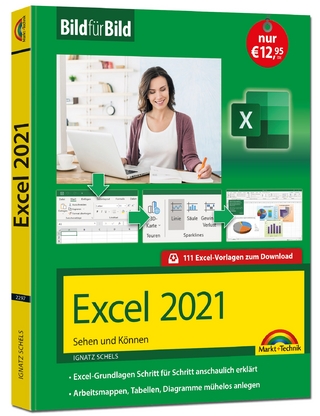
Operations Analysis Using Microsoft Excel
Brooks/Cole (Verlag)
978-0-534-51739-7 (ISBN)
- Titel ist leider vergriffen;
keine Neuauflage - Artikel merken
This new text is intended for courses in operations management and management science, with business statistics as a prerequisite. The authors offer practical approaches to managerial decision-making using spreadsheets and step-by-step instructions to present realistic operations management problems that reflect overall organizational issues and integrate other functional areas such as marketing and finance. Perfect as a supplement to any operations management or management science text, students need only posses a familiarity with Microsoft Excel in order to learn both basic and advanced techniques.
1. Creative Operations Management In Problem-Solving: A Decision-Making Approach. Managerial Decision Making. The Intelligence Phase Of The Decision Making Process. The Design Phase Of The Decision-Making Process. An Example: Jackets Versus Scrap At The Uneeda Corporation. Concluding Comments. Exercises. 2. Forecasting. Forecasting At The Lastever Corporation. Patterns Of Data. Forecasting Approaches. Time Series Analysis. Concluding Comments. Exercises. 3. Advanced Forecasting. Extrapolation From The Past. Regression Analysis. Cyclical And Seasonal Issues. Concluding Comments. Exercises. 4. Planning Methods. The Basic Planning Problem. The Basic Pricing Problem. Nonlinear Cost And Demand Functions. Preparing A Five-Year Plan. The Impact Of Pricing. Concluding Comments. Exercises. 5. Aggregate Demand Planning And Learning Curves. The Nature Of Aggregate Planning. Tradeoffs Between Production And Inventory. Learning Curves. Concluding Comments. Exercises. 6. Inventory. Why Hold Inventory? The Cost Of Inventory. Cyclic Inventory Control. The Economic Order Quantity Model. What-If Scenarios. Extensions Of The Eoq Model. Eoq Model With Price Breaks. Probabilistic Demand, Perishable Goods. Multi-Period Models With Probabilistic Demand. Concluding Comments. Exercises. 7. Material Requirements Planning. Where Mrp Fits In. Master Production Schedule. Bill Of Materials. A Simple Mrp Example. Rolling The Mrp Schedule. Adding Allocated Inventory And Safety Stock. A More Complex Mrp Example. Dealing With Multiple Products. Problems At Central Products Incorporated. Concluding Comments. Exercises. 8. Quality: Monitoring Processes Using Charts. Monitoring Processes By Charts: Looking At The Data. Mean Charts. The R (Range) Chart. Standard Deviation Charts. Using These Charts. Control Charts For Attribute Data. Concluding Comments. Exercises. 9. Machine Replacement And Maintenance. Machine Replacement Decisions. Machine Maintenance Decisions. Group Maintenance Decisions. Concluding Comments. Exercises. 10. Project Management. 11. Facility Location Decisions. Factor Weighting. Center-Of-Gravity Method. Cost - Volume Analysis. Concluding Comments. Exercises. 12. Risk Analysis And Simulation. Problems Where Uncertainty Is Important. Working The Cough Drop Problem. Generating Random Numbers. Break-Even Analysis Under Uncertainty: A Case Study. The Farmer's Problem: Dependent Random Variables. Concluding Comments. Exercises. 13. Simulating Operations Management Processes. The Network-Flow Production Process. The Matchstick Shuffling System. The Copy Machine Problem. Why Projects Are Late. The Single Station System. Concluding Comments. Exercises. 14. Resource Allocation: Applied Constraint Management. Making Mathematical Programming Relevant For Operations Management. A Production Planning Support System. A Transportation Problem. Concluding Comments. Exercises. Appendix A: Using Excel. Appendix B: The Models.
| Erscheint lt. Verlag | 29.6.2000 |
|---|---|
| Zusatzinfo | illustrations |
| Verlagsort | CA |
| Sprache | englisch |
| Maße | 185 x 234 mm |
| Gewicht | 636 g |
| Themenwelt | Informatik ► Office Programme ► Excel |
| Wirtschaft ► Betriebswirtschaft / Management ► Logistik / Produktion | |
| ISBN-10 | 0-534-51739-0 / 0534517390 |
| ISBN-13 | 978-0-534-51739-7 / 9780534517397 |
| Zustand | Neuware |
| Haben Sie eine Frage zum Produkt? |
aus dem Bereich


